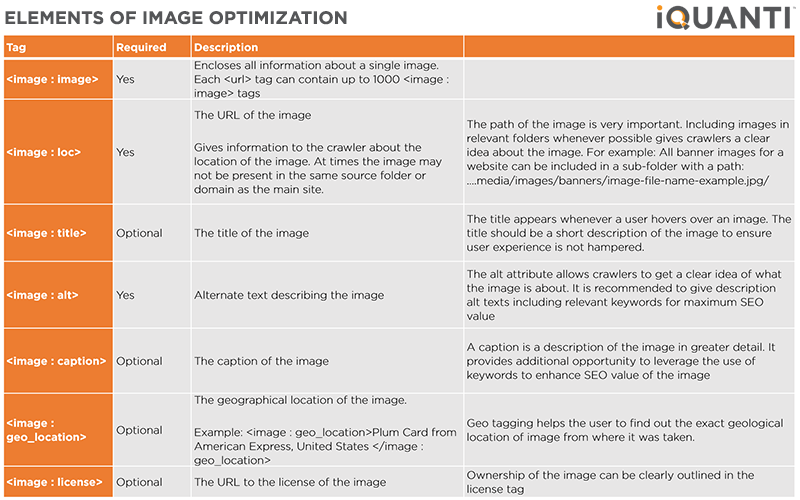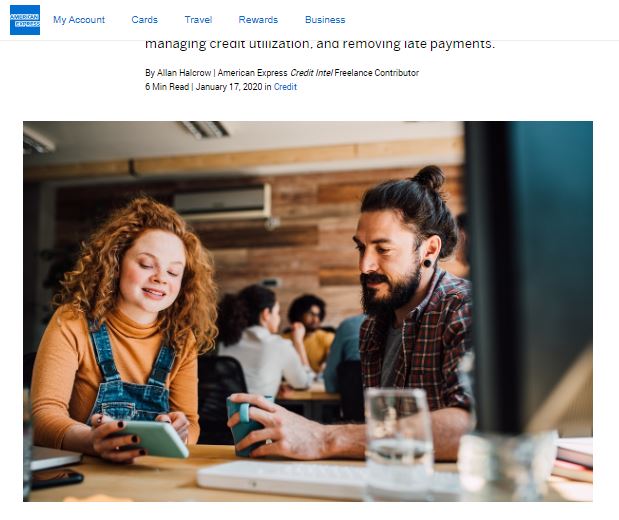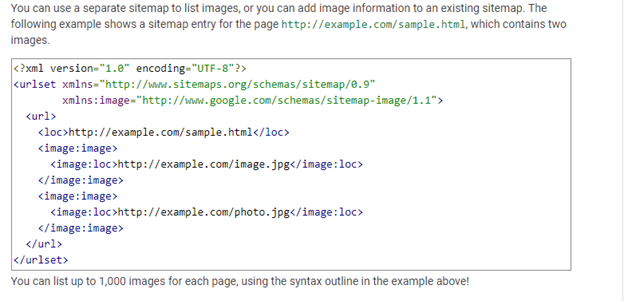One of the key aspects of SEO is image optimization. A thorough SEO plan should include curating images that are relevant to your topic as well as which resonate with your target audience.
A Moz study showed that image searches account for 26.79% of all searches in the U.S.
Even Google acknowledges the centrality of images in SEO and it has spelled out helpful tips and best practices for image publishing.
Why do SEO marketers need image optimization?
Image optimization for SEO improves user experience, speed ups page load times, and bolsters your search engine ranking. If you are creating content or uploading images to your site without the necessary image optimization, you’re wasting a key SEO asset and an opportunity to leverage keyword optimization of your content.
Here are our top 7 SEO image optimization tips:
- Customize titles, captions, filenames, geo-location, and text for images
- Add descriptive Alt text
- Have a good balance between image quality and size
- Include images in the Page Structured Data
- Add images to your XML sitemaps
- Use relevant and original images
- Make images mobile-friendly.
Let’s look at these in some detail:
1. Customize titles, captions, filenames, geo-location, and text for images
The first step of image SEO is creating keyword rich and descriptive titles, captions, filenames, geo-location, and text for your images.
The names you use in your image file alerts search engine crawlers about your images’ subject matter. File names typically look like “IMG_663027”. Maintaining this default name does not help Google understand your image.
Customizing this text to more a relevant name helps the search engines to make sense of your image, and this reinforces its SEO value. Let’s look at an example to help understand this better.
For instance, renaming the above image “person-holding-phone-and-credit-card” will enable search engines and users who can’t view it to decipher the image.
Pro-tip:
In addition to naming the image with the inclusion of relevant keywords, the file name should have ‘hyphens’ as separators instead of “spaces, underscores” as separators. Hyphens allow crawlers to identify each word in the file name as a unique word.
For example: If the file name of the image above is “Person holding phone and credit card” (separated by spaces) or “Person_holding_phone_and_credit_card” (separated by underscores), the crawler reads the file name as “Personholdingcreditcard”
Elements of Image Optimization
The elements of image optimization along with their tags are included below:

Click here to download and print the above table on Elements of Image Optimization SEO.
2. Add descriptive Alt text
Alternative text describes your image to users who can’t view the image. Creating descriptive alt text makes it possible for the blind, and those who work with the physically challenged to use the images.
Filling alt text accurately also helps web crawlers and users to digest and understand your content.
When choosing alt text, focus on creating useful, information-rich content with the appropriate use of keywords mapped to the intent of the page.
Pro-tip:
Alt-texts are about helping users and web crawlers understand your image easily and better. Avoid keyword stuffing in alt attributes as it results in poor user experience and negatively impacts your domain.
Best practices for including alt attributes:
Bad:
Missing alt text: <img src=”/content/dam/amex/us/foreign-exchange/articles/images/cargo-insurance-to-protect-against-losses-when-shipping-internationally.jpg”/>
Bad:
Keyword Stuffing: <img src=”/content/dam/amex/us/foreign-exchange/articles/images/cargo-insurance-to-protect-against-losses-when-shipping-internationally.jpg”/> alt=”cargo insurance for businesses, business insurance for cargo safety of cargo”/>
Better:
<img src=”/content/dam/amex/us/foreign-exchange/articles/images/cargo-insurance-to-protect-against-losses-when-shipping-internationally.jpg”/> alt=”cargo insurance”/>
Recommended best approach:
<img class=”imgDimes” src=”/content/dam/amex/us/foreign-exchange/articles/images/cargo-insurance-to-protect-against-losses-when-shipping-internationally.jpg” alt=”Businesses may wish to understand how cargo insurance can help manage import-export risk and protect against losses if goods are damaged, lost, or stolen.” title=”How Cargo Insurance Can Manage International Shipping Risks”>
3. Have a good balance between image quality and size
Increasing your page speed is a key aspect of SEO optimization. A 2011 study revealed that a seemingly short three-second delay leads to users abandoning the page. Besides, Amazon has determined that even a second of delay costs them leading to losses of sales amounting to $1.6 billion annually.
You can maximize your page load times by scaling down your imagery to the smallest size you possibly can while maintaining the optimum image quality. Tools like Adobe photoshop, JPEGmini, ImageOptim, and PunyPNG can help you compress images and remove frivolous stuff.
Read our article on Page Speed Optimization: Significance & Best Practices here
Moreover, tools like Google’s PageSpeed Insights, Chrome’s Developer Console, Firefox’s Web Console, and Internet Explorer’s Tools console can help you zero in on unoptimized images and assets that are slowing your page speed.
4. Include images in Page Structured Data
When you include images in the structured data of a given page, Google can display your images as rich results. Rich imagery comes with a badge that shows users that your website’s content is relevant.
Rich results thus highlight your expertise and help you drive clicks and traffic.
In the example below, the highlighted code in yellow shows a structured data markup for the image on the webpage.
Schema Code Example (highlighted text shows image elements)
<script type=”application/ld+json”> {“@context”:”https://schema.org”,”@type”:”WebPage”,”name”:”7 Best Ways to Help Build Your Credit”,”url”:”https://www.americanexpress.com/en-us/credit-cards/credit-intel/ways-to-build-credit/”,”description”:”Learn about the different ways to build your credit, like the benefits of removing late payments, managing credit utilization, and having a clean credit report.”,”image”:”https://www.americanexpress.com/content/dam/amex/us/credit-cards/features-benefits/content-hub/images/credit-articles/ways-to-build-credit.jpg”,”keywords”:”Best ways to build credit”} </script>.”,”image”:”https://www.americanexpress.com/content/dam/amex/us/credit-cards/features-benefits/content-hub/images/credit-articles/ways-to-build-credit.jpg”,”keywords”:”Best ways to build credit”} </script>
5. Add images to your XML sitemaps
Adding your images to a sitemap increases the possibility of search engine crawlers finding and listing your images which leads to more traffic.
Image from google support indicatinghow to add images to a sitemap.
6. Use relevant and original images
You should strive to use relevant and original pictures instead of generic stock photos. Your website should host the pictures of your real team instead of random stock photo models.
Your images should also match your subject. An image should serve an illustrative purpose or reflect your topic of discussion. Keep the images close to the relevant text. If you have a key image that you want to rank, keep it close to the top if possible.
Pro-tip:
You should also be aware of copyright. If a stock photo provider like Shutterstock or Getty owns an image and you are not licensed to use it, do not risk a lawsuit by using that image.
7. Make images mobile-friendly
When done poorly, mobile SEO can lead to low conversions and a soaring bounce rate. But, when well executed, it can increase user engagement and bolster your ranking power.
So, how do you optimize your images for mobile? Well, use responsive images – your pictures should change size based on the devices (mobile or desktop). Responsive pictures adjust to the size of your users’ devices.
Final Word
Image optimization can be what differentiates you from your competitors and takes you to the next level. Images not only play a key role in user experience and SEO, but they also affect your conversion rate. Climbing search result rankings take hard work, but the efforts are worth it once you start enjoying the benefits of high-value organic traffic. To sum up the above SEO optimization tips, you should use relevant images and alternate text. Besides, you should provide as much context as possible.








